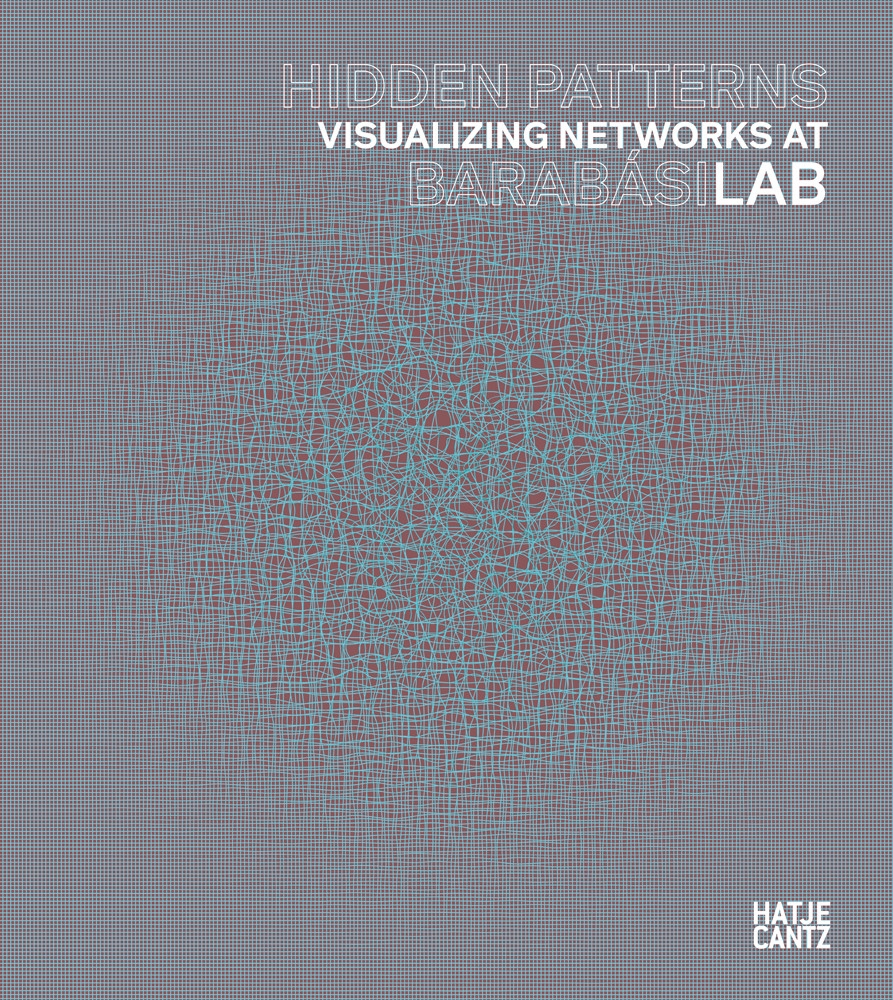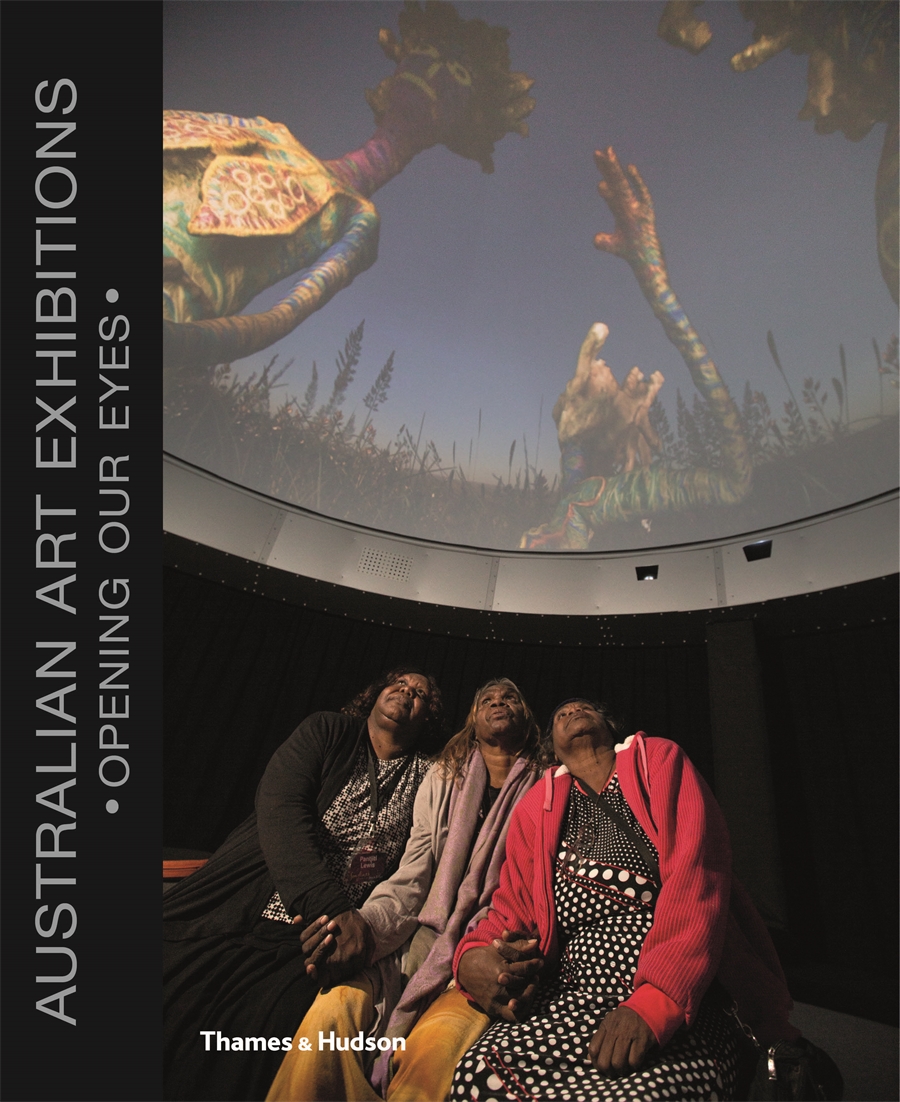Description
Accompanying the solo exhibition of Barabasi Lab at the Ludwig Museum Budapest and the ZKM in Karlsruhe, this book will be more than exhibition catalogue: it comes with a range of voices and viewpoints that give readers a sweeping view of the work Barabasi has done over the last twenty years and how it connects to art, science, and our general outlook on the world today.
The Center for Complex Network Research (CCNR) at Northeastern University was founded 20 years ago and the lab is dedicated to a deeper thinking about networks-how they emerge and evolve, what they look like, and how they impact our understanding of complex systems. The backbone of this book are the extraordinary visualisations, in 2-D and 3-D, that Barabasi’s lab has evolved, and which are unique not only to his practice but to the world of network theory and science at large.
A series of essays and statements by scientists and artists alike will be followed by a long, beautiful array of breathtaking plates. Given the current state of the world, the book will also explain how Barabasi’s work relates to Covid-19 and how understanding networks helps us predict and understand the spread of diseases.




Reviews
There are no reviews yet.